The area in which our McDermott-Murray ancestors lived was a townland called Gortnalamph located in a Barony called Mohill in Mohill Parish of Leitrim County.
This land witnessed centuries of battles between clans. The last governing clan in the area was the MacRagnaills (Reynolds) who had a stronghold in the region for 600 years. Then in 1540 the Saxons invaded Mohill and in the latter 1500’s the English government began collapsing local Irish clans. By the early 1600’s the English and Scottish started settling in Ireland and Leitrim County was totally relinquished to the English in 1621. Officially the lands in Mohill were given to the Crofton family in 1643 from England’s King Charles the First although the Crofton’s had secured their first lands in 1571 Roscommon. Subsequently, the Baronet’s of the Crofton family brought more English tenants and gradually the Irish were restrained.
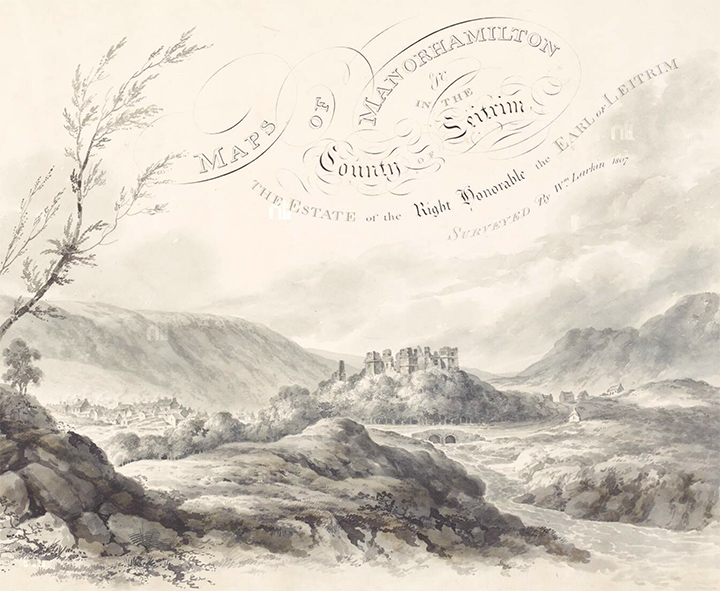
In 1749, Gortnalamph land was purchased by Nathanial Clements. He bought almost 10,000 acres from Lord Francis Conway in Leitrim County.
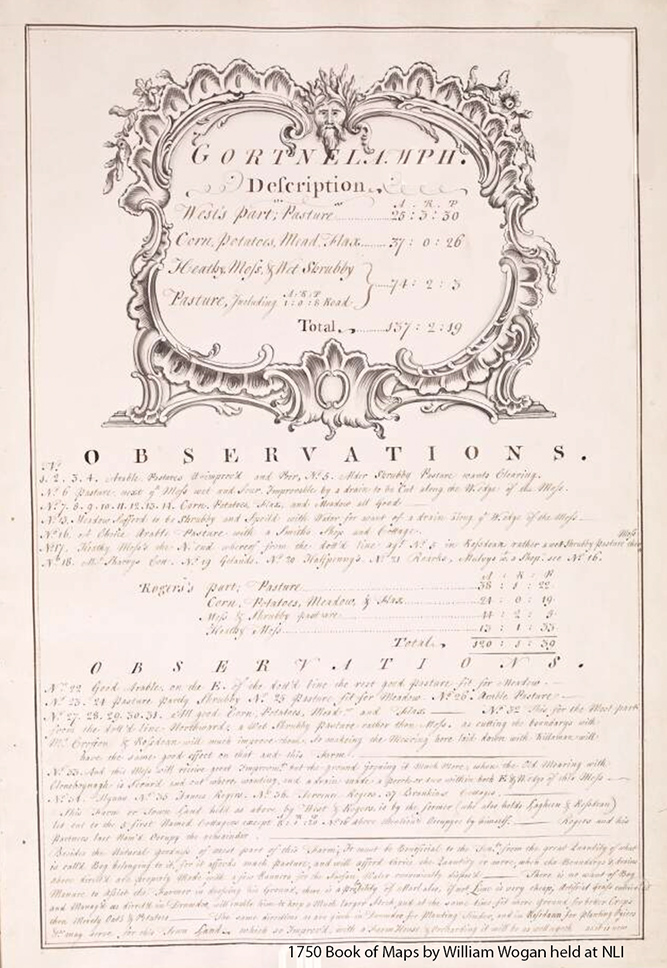
This would begin the famous legacy of the Earls of Leitrim with the pinnacle of servitude forced upon Irish tenants by the 3rdEarl of Leitrim named William “Sydney” Clements.
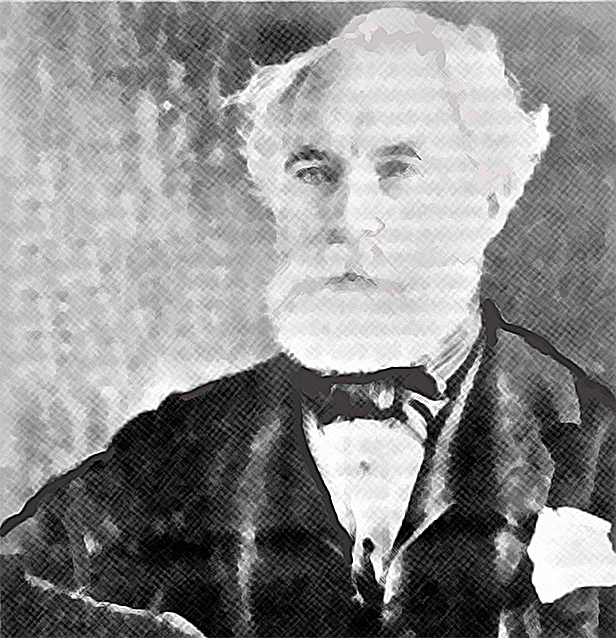
Sydney was diligent on improving the farmland but at a cost to the tenants who suffered through his cruel and unforgiving nature. As rental costs rose without mercy, the emigration to America paralleled. This was especially true with the devastation brought on by famines specifically the potato famine of 1845-51 which claimed over a million lives in Ireland. During this time of suffering the Earl did not hesitate to evict his tenants for non payment leading many to certain death.
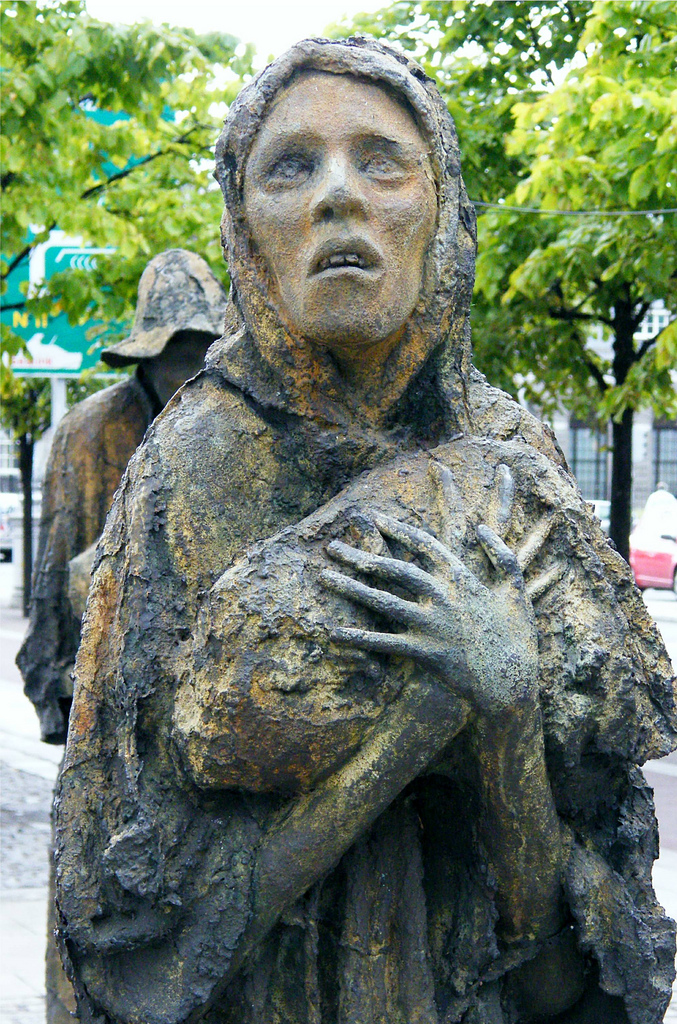
The control of the Irish Catholics and Protestant dissenters through Penal Laws (Na Péindlíthe) enforced by English rule forbade non-Protestants to own land, guns, and voided their right to vote along with other restrictions. While some of these laws were gradually withdrawn by the late 1700’s, the final repeal of the laws was not until 1920. In the interim there was a great push to convert to Protestantism as this renouncement of Catholicism would enable families to stay starvation and eviction as economic liberties would then be given to them. Although it was known that third Earl of Leitrim did not discriminate with Catholics as other landowners did in Ireland. He was unforgiving to all! The third Earl of Leitrim was finally assassinated on April 2nd, 1878 after years of tyranny towards his tenants.
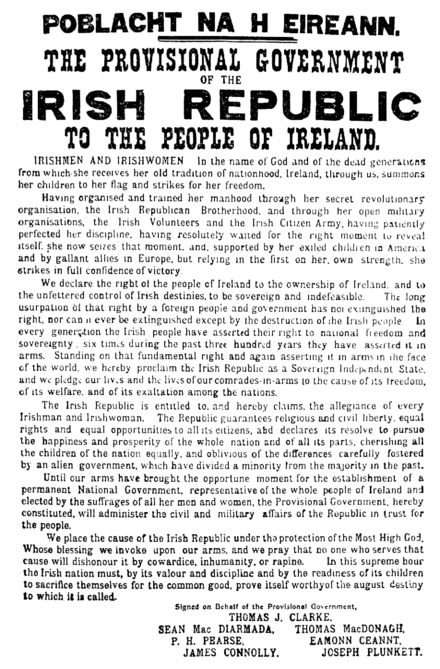
It wasn’t until the mid to late 1800’s that protestors rose up to combat the tenant landlords practices. These Irish nationalists were very active in society coupled by the support of their local priests and church towards the latter years. Select branches like the Molly McGuire’s also used violent tactics to make sure their voices were heard. Participating in multiple Irish separatists groups was activist Sean Mac Diarmada. His birth name was John MacDermott. He lived about one hour north of Gortnalamph in a village outside of Kiltyclogher and was executed in 1916 for his role in the Easter Rising which was a fight to end British rule. He was widely supported in County Leitrim.

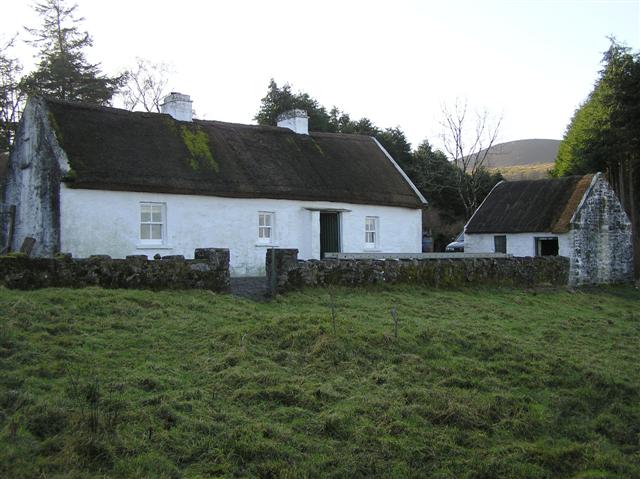
An example of the conflicted and rebelled region was noted by Brid Heslin in a periodical for Irish Roots. In the article it is written that the Molly Maguires destroyed fences in a new line of road in the lands of the small townland of Gortnalamph that were erected by the Poor Relief Committee. The reason for this destruction was that the workers used were not the poor who needed money for food rather the “comfortable” workers. The Molly Macquires further warned that no person would be allowed to work on the road without their permission. This was to insure that those who had no food would be given the opportunity to work to provide provisions for their family. These types of protests gained popularity and it was written that many groups including the Irish National Land League had a large meetings numbering upwards to 20,000 against landlordism. Their fight to enable farmers to purchase land instead of renting gradually became successful. By the beginning of the 20thcentury the Irish started to have control of their country. It came with a cost and the suffering of many lives.
One cannot summarize and do justice of the Irish struggle on a single web page. Many books give insight including an in depth look at the local history of the Mohill area and the famine of 1845-51 written by Fiona Slevin . Her book is titled By Hereditary Virtues: a History of Lough Rynn and is available at Amazon.com. She mentions in her book the MacDermott surname specifically of the widow Bridget McDermott and her eviction during the height of the famine in 1847 Gortnalamph. That was just a slice of the horrific struggles our ancestors endured.